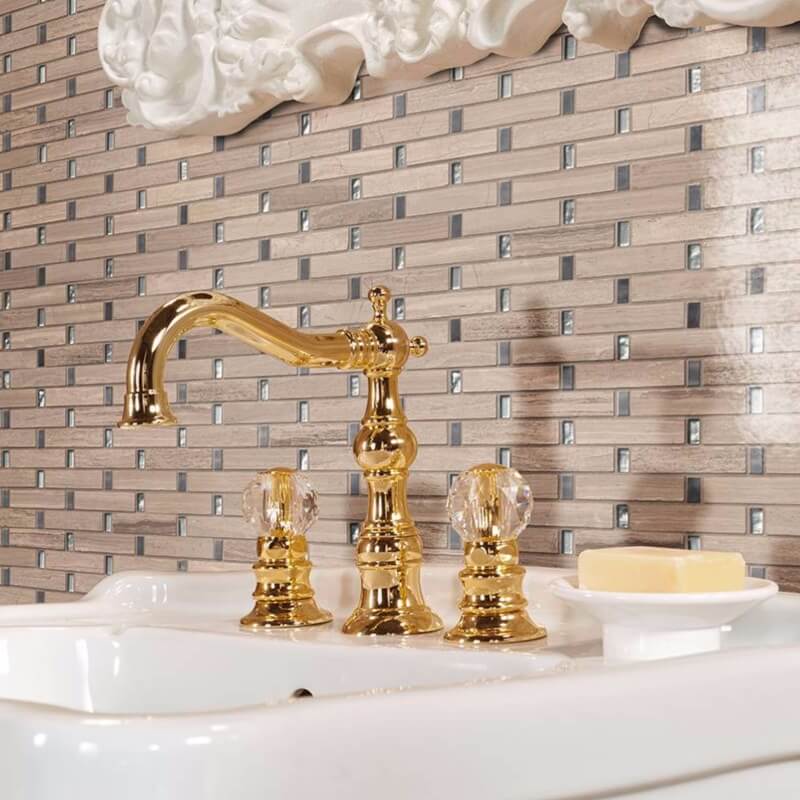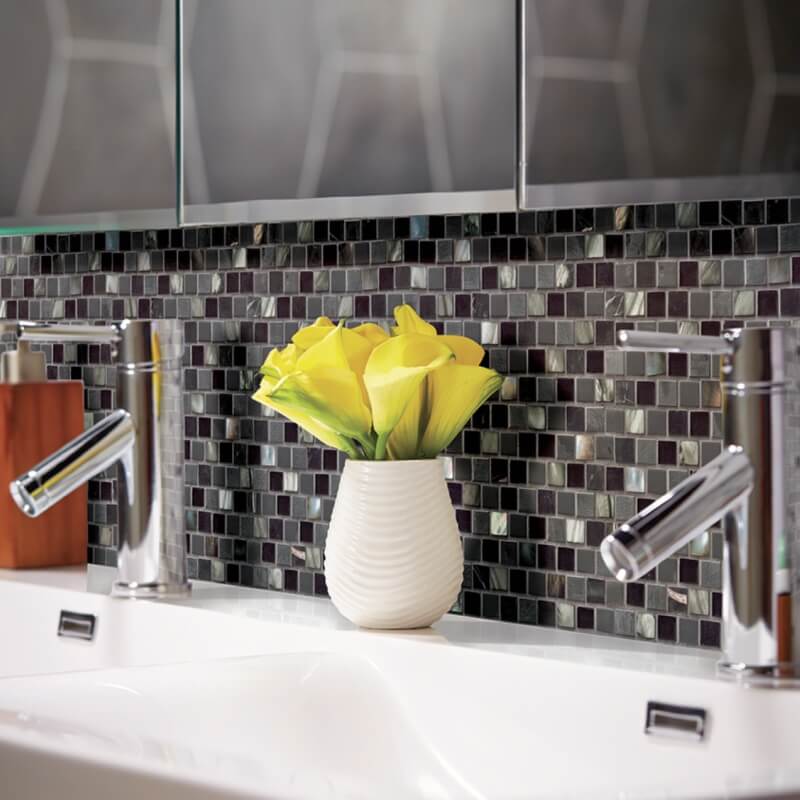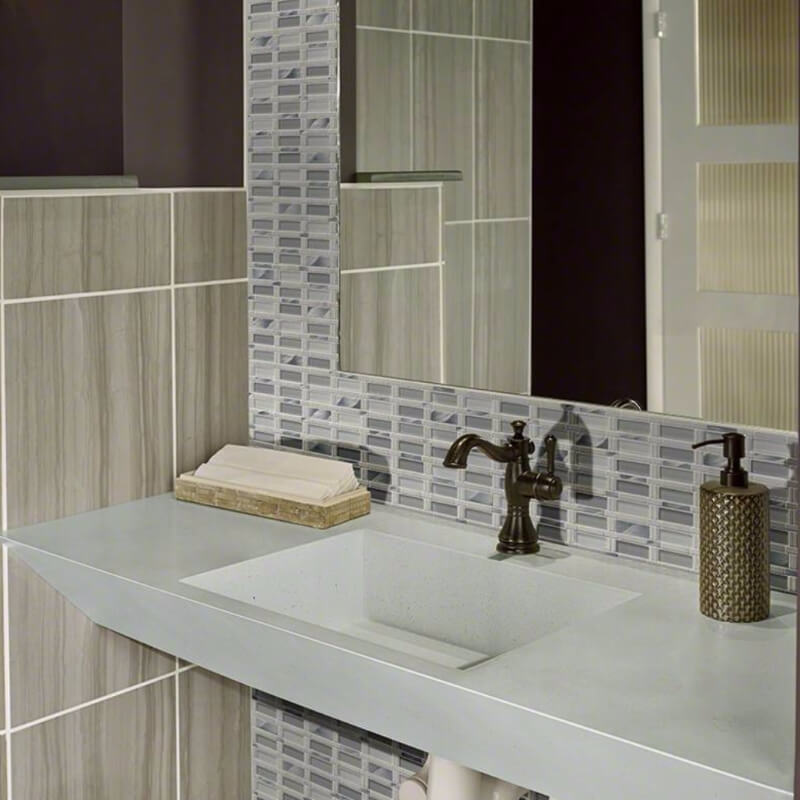Modern Grout Color Options For Metal Tile Backsplashes
May 24, 2017.jpg)
Although it serves a practical purpose, tile grout isn’t merely a filler that keeps water from seeping behind tile. In fact, grout can make a classic or bold fashion statement, almost as much as the tile itself. And today, grout colors and shades are virtually limitless, meaning that selecting the perfect hue for your tile might be harder than expected.
But never fear! At MSI, we have compiled three practical guidelines with homeowners like you in mind, to ensure that your tile and grout play well together. Before you know it, your metal tile backsplash will be the talk of the neighborhood. Read on...
#1. Sanded vs. Unsanded

Featured: Stella Interlocking Mosaic
Before even considering color, think about the grout texture that will work best with your tile.
Sanded grout contains fine sand. It’s a great choice for the wider grout lines that exist between some tile designs. Sanded grout has more color choices than unsanded grout, and it doesn’t shrink as much. However, you won’t want to use sanded grout with tile that easily scratches, like glass or high-gloss tile.
On the other hand, unsanded grout is a better fit for tile installed with very thin grout lines (1/8 to 1/6-inch), in order to create an uninterrupted look. Unsanded grout adheres better to walls, and won’t harm scratchable surfaces. Unfortunately, unsanded grout can cost as much as twice the price of sanded grout.
#2. Choosing color
Of course, there are gazillion ways to match grout to tile. Here are the most common:
Perfect match: Many homeowners look at a box of grout sticks and are drawn to the one that most closely matches our tile color. And that’s a perfectly legitimate technique. Matching grout creates a more uniform, seamless look and works particularly well with high-gloss, contemporary designs.
Contrasting: Ceramic tiles can be subtle blend of many colors. If you pick a grout that echoes the lightest color in the tile or even goes a bit lighter, you will accent the shape of the tile. If you pick a darker grout, you can create a shadowy look or, if paired with white subway tile, a bold geometric look. Dark grout also hides dirt.
Neutral: If you want to play it safe, select grout in hues of beige, brown or gray. This will focus the eye away from the grout and onto the tile itself.
#3. Taking care of grout

Featured: Midnight Pearl Mini Brick Mosaic
Always seal grout, which will help it repel water and the dust that makes bright grout look dingy. After taking a shower or steaming a pot of veggies, wipe down the shower or backsplash tile with a towel. You may also want to open doors and windows to let steam escape and help prevent mold and mildew from growing on your grout.

Featured: Icelandic Blend Pattern Mosaic
Periodically, scrub grout clean with soapy water and a stiff-bristle brush. If that doesn’t work, make a solution of equal parts water and white vinegar. Spray it on the grout, let it sit for a few minutes, then scrub it off.
Tough stains can be tackled by smearing a paste of baking soda and water onto the grout, spraying with the vinegar solution, and when bubbles stop forming, scrubbing it off.
READ MORE ABOUT DIFFERENT TYPES GROUT
The Go-To Guide to Decide On a Kitchen Backsplash